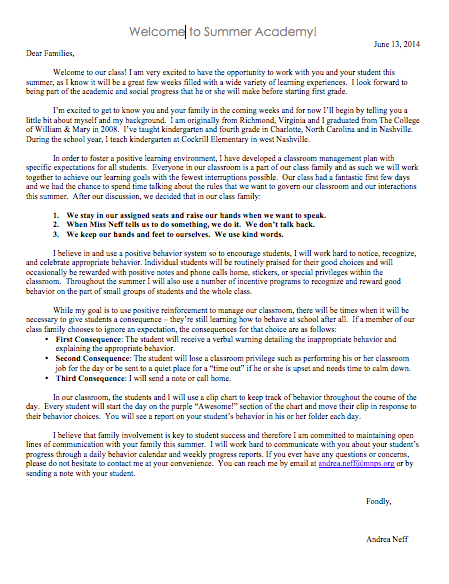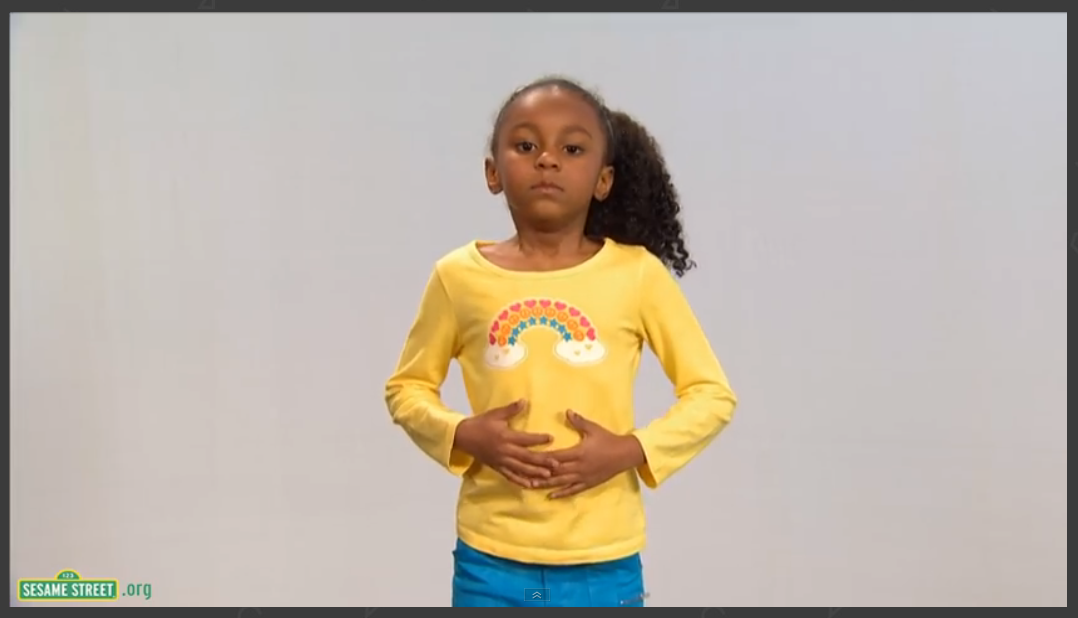Hi Cole Teachers! I'm making some
changes to my literacy lesson plans this week - specifically to the
essential questions for the read aloud - so I wanted to share my plans
and handouts with you. If you have any questions about the changes and
why I've made them, come see me in my room between 1:00 and 1:45 on
Monday, Tuesday, or Wednesday.
I made a few changes to the guiding questions for this week because it was hard for me to understand the alignment between some of them and how they built up to the culminating question. I think this is an important lesson in teaching: Sometimes other people put together really great plans that just don't speak to you or don't quite make sense to you. And if they don't make sense to you, you won't be able to teach them in a way that makes sense to your kids. So you'll have to get to work and tweak them! And you don't have to throw the baby out with the bath water; small changes in language and phrasing can make a big difference in clarity.
STUDENT OUTCOMES:
What should students
know, understand, and be able to do through this text?
|
|
Culminating
Question:
|
Sample
Student Response:
|
How do we
value diversity?
Specific Book Question: How do the animals in this text
differ?
|
The animals use their noses for
different functions like digging in the mud, smelling, smelling, breathing,
or even to take a bath. They all use their noses differently, which is
amazing.
|
Correlating
Objectives:
|
|
Day
1:
SWBAT
explain how animals use their noses and ears differently.
Day
2:
SWBAT
explain how animals use their tails, eyes, and mouths differently.
SWBAT
explain that like animals we are all different, but we value diversity in
humans and in animals.
|
|
The Original Questions and Exemplar Response
1. I wanted our first reading to be focused on understanding the text and working at a lower level of Bloom's Taxonomy to identify and describe the animals bodies as we familiarized ourselves with the information presented by this non-fiction text. I expanded the question to include all of the adaptations mentioned in the text because I worried that focusing on noses and ears exclusively might limit our discussion too much and that such a narrow discussion would make it hard for me to effectively analyze students' independent work and understanding.
2. I wanted our second reading of the text to push students to analyze the information they'd learned over the course of the week. I changed the focus from describing what the adaptations are to stating their purpose and inferring why each animal needs to use their body differently. I thought that my students would be ready for this higher level analysis and that such analysis would better prepare them to answer the culminating question for the week.
Day 1 – Monday
|
Day 2 – Tuesday
|
Day 3 – Wednesday
|
Day 4 – Thursday
|
|
Daily Focus Question
|
How
are birds and bats different? Cite evidence from the text.
|
How
do animals use their bodies in different ways? Cite evidence from the text.
|
How
are birds and bats different? Cite evidence from the text.
|
Why do animals use their bodies in different ways? Cite evidence from the text.
|
Culminating Question
|
Why
are differences important in our world?
Optional
Extension Question: How can we respect differences in our classroom and our
school?
|
|||
My Final Questions for the Week
You should plan to talk through your questions for this week with your IC, your same letter teaching partners, and other members of your collabs to ensure that all of your daily questions are aligned in a way that makes sense to you and that you all think will make sense to your kids. My roommate and I spent close to 45 minutes talking through the pros and cons of various questions with my specific students in mind, but now I feel a lot better about the plan that I have for the week.
You can find my full lesson plans for this text here and a copy of my students' independent practice here.









